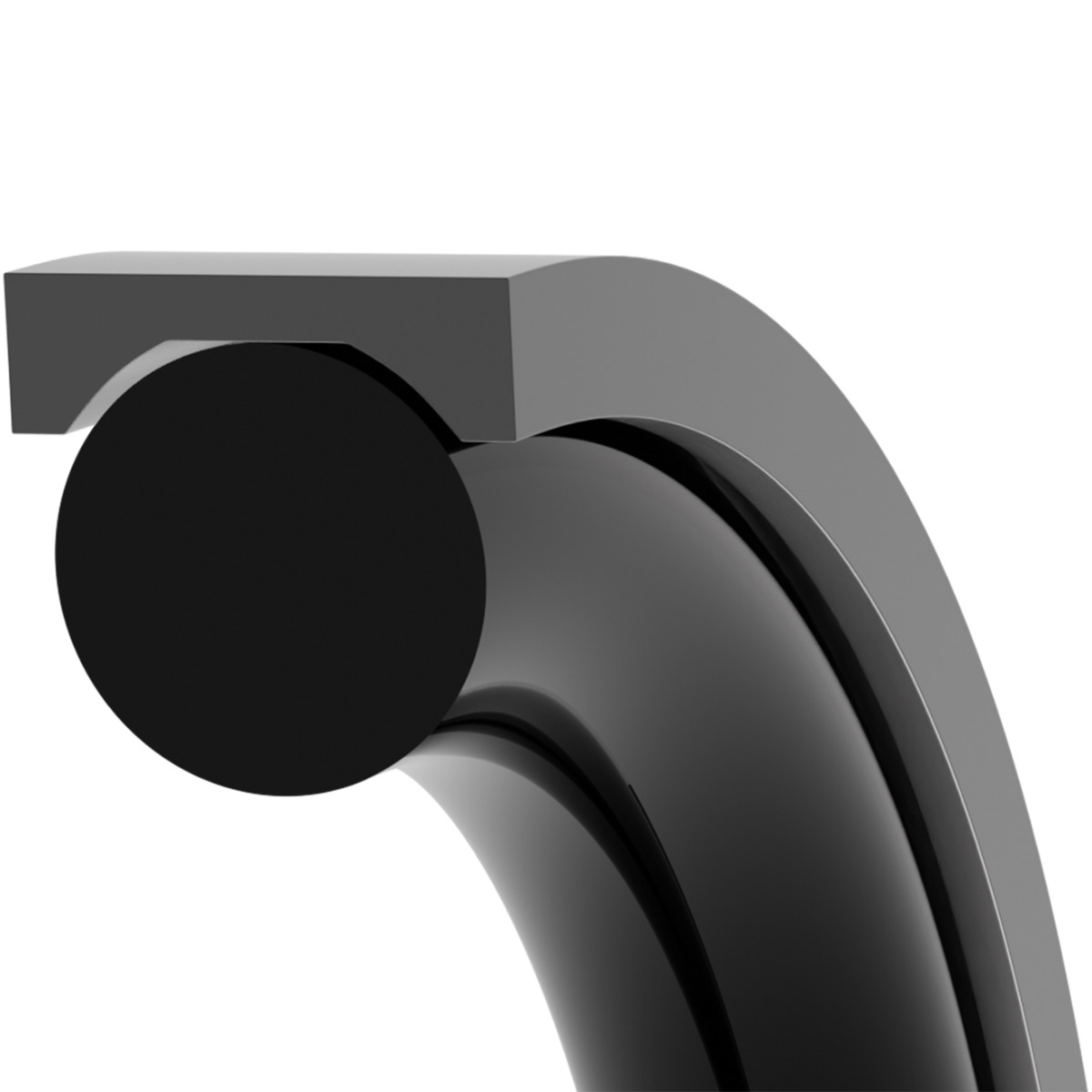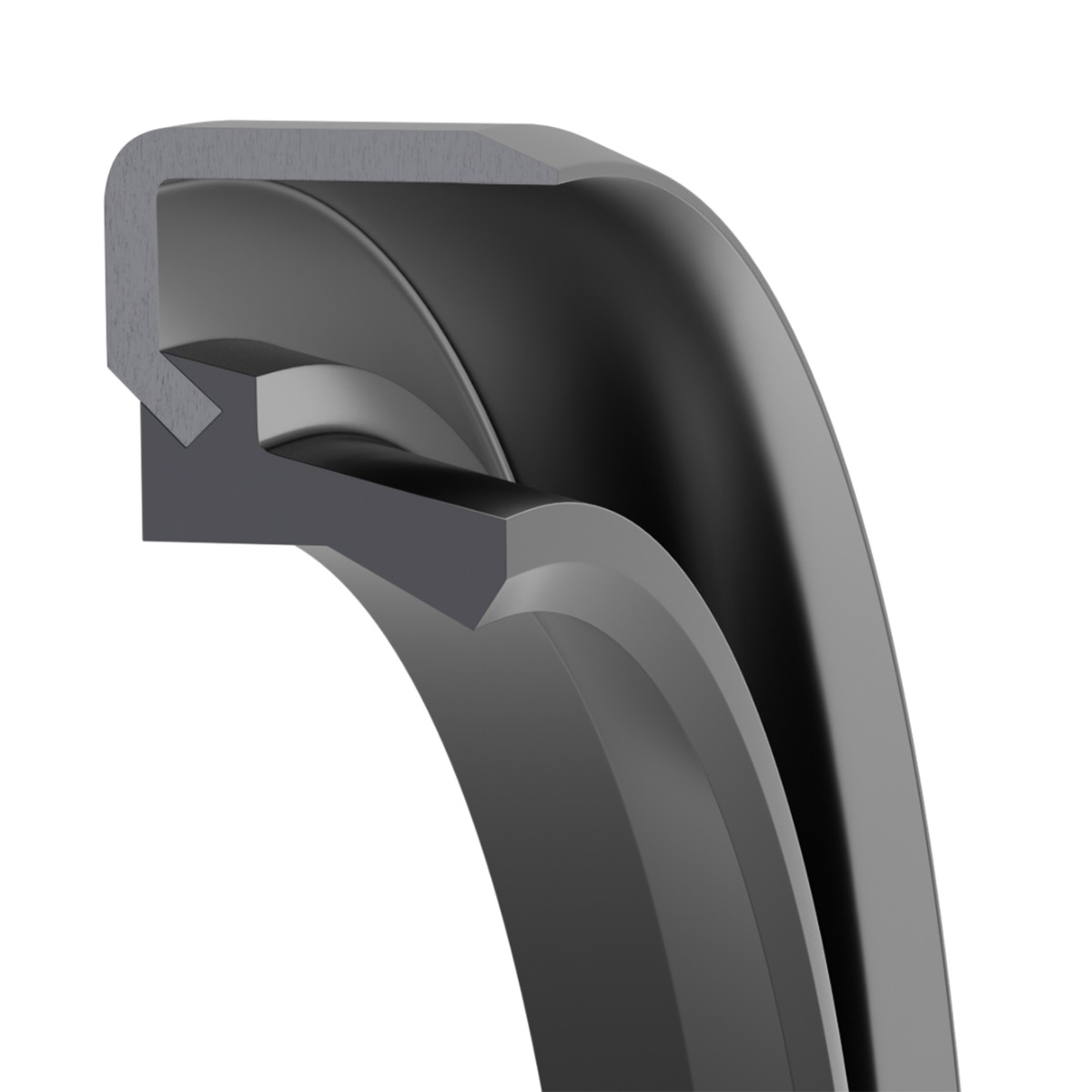Depending on the direction that squeeze is applied to the cross section on o-rings or seals, they will be categorized as an axial or radial seal.
Static Axial Seals
A static axial seal will act in a similar manner to a gasket that is squeezed on both the top and the bottom of an O-ring’s cross section. A static axial seal is used in face, or flange-type type applications. When it is used as a face seal and there is internal or external pressure, the O-ring should be positioned against the low-pressure side of the groove to cut down on O-ring movement and accompanying wear within the groove.
These seals are easier to design than static radial seals. This is due to the lack of extrusion gap and less design steps. That enables the user to more easily control the tolerances.
Static Radial Seals
Typically used in cap and plug type applications, static radial seals are squeezed between the inner and outer surface of the O-ring.
Reciprocating Seals
Reciprocating seals are used when there is a moving piston and rod. This is the most common dynamic application for O-rings.
Rotary Seals
Rotary seals are used for rotating shafts with the turning shaft protruding from the ID of the O-ring.
Static Crush Seals
The O-ring is confined and pressure deformed, or crushed, within a triangular gland which is made by machining a 45-degree angle on the male cover. In crush seal applications, the seal is squeezed at an angle to the O-ring’s axis.
Static Seals with Dovetail Glands
Sometimes O-rings are used in static or slow moving dynamic situations where a specially machined “dovetail” gland needs to be used. Controlling tolerances in the glands can be difficult due to the angles involved. The glands are meant to securely hold the O-ring in place while the machine is in operation or during maintenance and disassembly.
The O-ring squeeze is mostly axial in direction and valve operations puts force on the top and bottom seal surfaces. So that there is no tearing or nicking, the use of an O-ring lubrication is recommending while the O-ring is being installed into the dovetail gland. It is difficult to create the groove and tight tolerances are required so this type of seal application should only be used when necessary.
Oscillating Seals
The shaft of an oscillating O-ring application moves in an arc within the gland and is in contact with the ID of the seal. The shaft can twist so self-lubricated O-rings with a hardness of 80 to 90 durometers are most often used. If there is graphite containing compounds caution is necessary as they can pit stainless steel alloys.
The original article was written by Real Seal and can be found here.
For more information about the proper seal for your application, contact Gallagher today.


